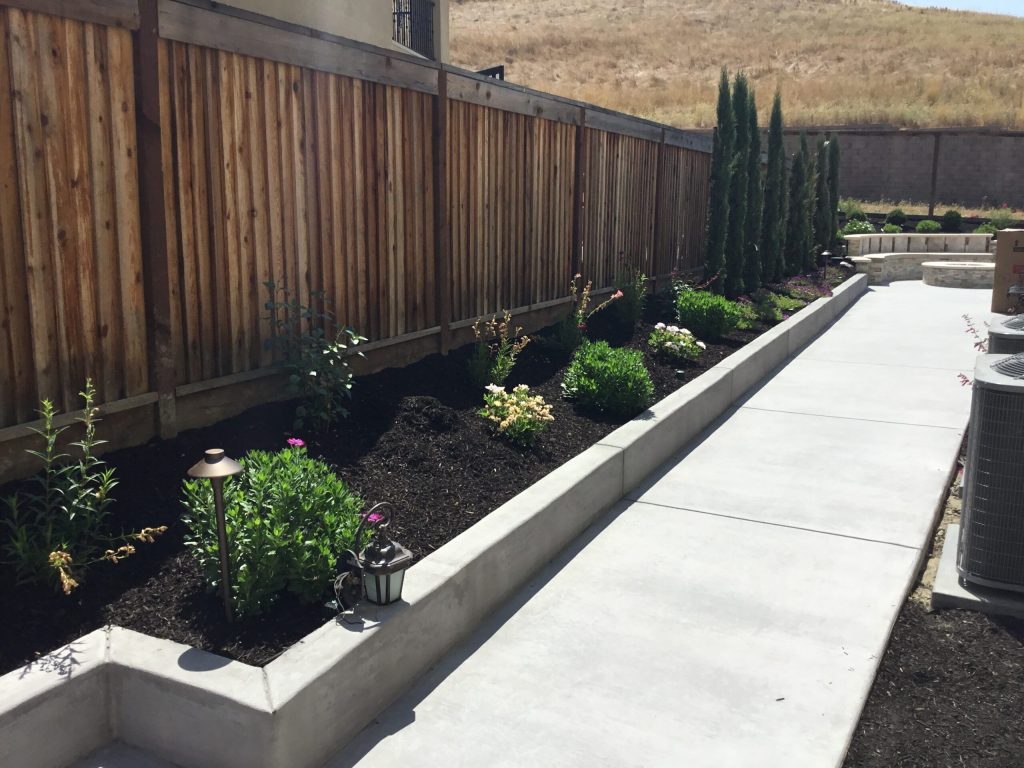
Designing inviting walkways and paths is paramount in landscape design, significantly impacting the overall appeal and usability of any outdoor space. Whether it’s a residential garden, a commercial plaza, or a public park, thoughtfully designed walkways can elevate the experience for users. This thorough guide will offer a detailed look at creating attractive and functional walkways and paths. We will delve into material selection, layout strategies, and incorporating accessibility considerations. We will also cover how to create pathways that meet the needs of your specific project and setting. Follow along as we explore various design choices and address common challenges in designing walkways. The outcome? functional, aesthetically pleasing, and welcoming pathways that enhance your space and the user experience.
Choosing the Right Materials for Your Walkway
Material Considerations
The selection of materials plays a vital function in creating a beautiful and lasting walkway. Consider durability, maintenance needs, aesthetic appeal, and budgetary constraints. varied materials offer diverse visual characteristics, and choosing the right ones can significantly enhance the overall ambiance. Natural stones such as cobblestones, flagstones, and pavers, often favored for their timeless appeal, require regular maintenance but offer a rich, warm texture. Concrete pavers are another popular choice known for their strength and low-maintenance nature. Wood decking offers a welcoming, natural touch, but requires regular sealing and upkeep. Consider the specific climate and anticipated foot traffic when selecting the appropriate material. Porcelain or concrete tiles offer a sleek, modern look. Incorporating various textures and colors can create an eye-catching and engaging walkway. For instance, incorporating natural materials like wood chips or gravel adds a touch of serenity. By strategically blending materials, you can create a unique walkway that perfectly complements the surrounding environment.
Sustainability and Durability
Sustainability is increasingly crucial in landscape design. When selecting materials, consider environmentally friendly options. Look for recycled or reclaimed materials. Recycled plastic, for instance, can make durable and visually appealing pathways. Sustainable choices, coupled with durability, are essential. For example, compacted gravel can offer exceptional durability while minimizing environmental impact.
Laying Out Your Walkway
Planning and Design
Effective planning is crucial for creating a functional and visually appealing walkway. Consider the overall flow of traffic, the intended use of the space, and the desired aesthetic. Sketch out your design, including the path’s route, curves, and turns. Consider the width of the walkway to accommodate varied needs. A wider walkway can accommodate wheelchairs or strollers, while a narrower walkway might be ideal for a more intimate setting. Think about integrating the path into the existing landscape. Consider any existing attributes such as trees, shrubs, or water attributes, when planning the walkway.
Integrating Existing attributes
Integrating your pathway with existing landscape elements can create a more harmonious and natural-looking design. Try to create a design that complements the natural elements of the space, while providing clear pedestrian pathways that blend seamlessly into the surrounding environment.
Incorporating Accessibility into the Design
Meeting Accessibility Standards
Accessibility is paramount in contemporary landscape design. Ensure that your walkways comply with accessibility standards to accommodate people with disabilities. This involves considering attributes like ramps, handrails, and sufficient width to accommodate wheelchairs and mobility devices. Designers need to be mindful of the accessibility needs of all potential users and ensure that walkways offer ease of navigation. study local building codes and instructions to adhere to any specific regulations.
Creating a Seamless Experience
Design walkways that seamlessly integrate into the existing landscape while ensuring safety and comfort for all users, even those with disabilities.
Enhancing Aesthetic Appeal
Texture and Color Variation
Incorporating a variety of textures and colors within your walkway design can dramatically boost its visual appeal. Use materials that contrast, complement, or blend seamlessly to create visual interest. Stone walkways, for example, can be contrasted with gravel borders for a pleasing combination of textures.
Maintaining Your Walkway
Regular Maintenance
Regular maintenance is essential for preserving the aesthetic appeal and longevity of your walkway. The specific maintenance requirements will depend on the chosen materials. For instance, stone walkways might require sealing and cleaning, while wooden walkways might need regular staining or repainting to maintain their color and integrity. Regular inspection, repairs, and cleaning will keep your walkway looking its optimal.
In conclusion, designing inviting walkways and paths is a crucial facet of landscape design, enhancing aesthetic appeal and functionality. By carefully considering materials, textures, and spatial arscopements, designers can create pathways that are not only visually appealing but also safe, accessible, and enjoyable for all users. This guide offerd a thorough overview of the essential elements involved, encouraging you to design walkways that truly enhance the space. For further inspiration, explore diverse walkways on Pinterest and Houzz, and don’t hesitate to contact a professional landscaper for personalized advice tailored to your project. Remember to prioritize accessibility for all users, ensuring your designs are welcoming and inclusive.